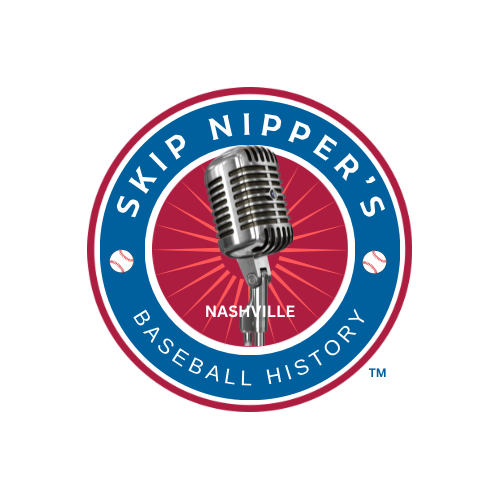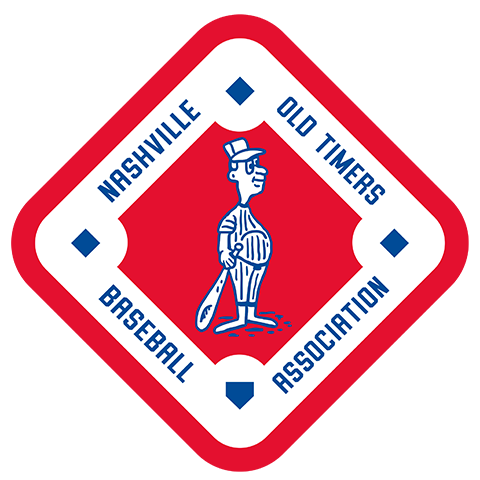
The Southern Association of Baseball Clubs was organized in 1900 and would last 60 years before folding at the end of the 1961 season. Why would a league fail after surviving two World Wars, the Depression, the Korean Conflict, multiple franchise re-location, and decaying grandstands?
The most obvious explanation is segregation. There was no league rule that anyone has discovered that said teams could not use black players. In 1953, Atlanta experimented with integrating the Crackers by inserting Nat Peeples in a game as a pinch hitter Mobile (the owner of Atlanta, Earl Mann, was not quite brave enough to let Peeples play in Atlanta). The next day Peeples played the entire game, but after a week was sent back down to Jacksonville.
Nashville attendance at Sulphur Dell began to wane in the early 1950s, but the last straw may have come in 1960 when Gabe Paul, Cincinnati Reds vice-president and general manager, announced the Reds six-year working agreement with Nashville would not be renewed. The reason given was the Southern Association “does not allow the use of Negro players”.
Because segregation was a serious topic in southern cities, that could be the reason for minor league baseball teams shutting down. But by 1962, organized minor league baseball is reduced to only 19 teams from a high of 59 teams in 1949 all across the country, not just in the south.
The segregation of teams was not an issue in many other cities (Jacksonville, for example, which has had minor league baseball since 1946). So, what else could be the reason?
There are three: the automobile, television, and air conditioning.
One-sixth of the work force in the United States worked directly or indirectly in the automobile industry in 1960. The growth of automobile sales could be attributed to the widening of the city limits in a growing nation. It was no longer necessary to live within walking distance of the ballpark; just hop in your new four-door sedan, and a family could be rooting for the home team in a matter of minutes.

That also meant there was another option: Lucy and Desi were on. So were George and Gracie and a host of other stars who made people laugh all from the comfort of home.
No need to go sit in the stadium for entertainment. The family couch was just fine.
And it was hot at the ball game.
Sunday was when the ball club played double headers. It wasn’t too bad when games were scheduled at night, but at 1 PM for a double header or an evening game in the sweltering heat? The players might have to be there, but spectators did not.
Where it was not hot was at home. Over a million air conditioning units were sold in 1953. Watching “I Love Lucy” in the comfort of one’s own den was a lot more relaxing.
Attendance at Nashville games at Sulphur Dell fell from a record-high of 269,893 in 1948 to 99,271 in 1960. Why head out to the ballpark to root for the Vols when it was a twenty-minute drive and there was a cost to park, and it was going to be hot and muggy?
Besides, didn’t “Father(s) Know(s) Best”?
© 2019 by Skip Nipper. All Rights Reserved.



